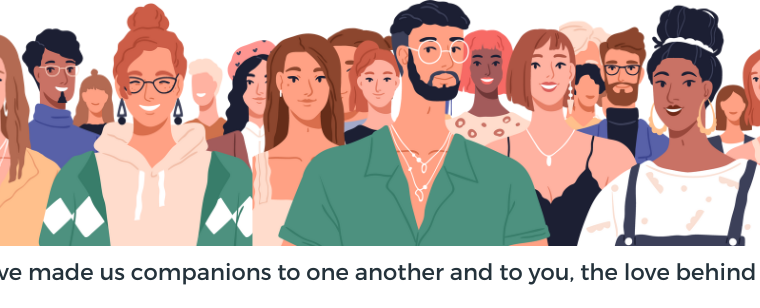The short version about long COVID
I’ve been meaning for a while now to talk about long COVID and the effect it might have on your community. And so I will today. The view from 30,000 feet: there’s a lot we’re uncertain about. But we do know long COVID hurts people physically, emotionally, and financially.But before we get to that:

- Combination flu and COVID vaccines won’t be ready this fall, according to the FDA. I’d been hoping that we could use combo shots to make COVID vaccination an annual routine. But apparently there’s just too much to do before they’re ready. Next year, the FDA promises.
- Norovirus is emerging as a potential threat to everyone’s gut. Norovirus isn’t generally as dangerous as COVID. But it can be quite serious for young children and older adults. The best way to avoid spreading it is to keep your kitchen and bathrooms clean. Also? Wash your hands frequently. Don’t rely on hand sanitizers: good old-fashioned soap and water do a better job of protecting you.
With that, let’s move on to the main topic.
What We Do—And Don’t—Know About Long COVID
What’s called “long COVID” probably refers to several different illnesses. That’s not unusual: “the common cold,” “flu” or even “cancer” also cover many separate subtypes.
It is known that you don’t have to have severe COVID to have long-lasting effects. Even a moderate case can result in chronic symptoms. Women, people who are obese, or who have autoimmune disorders such as lupus or rheumatoid arthritis are more likely to develop long COVID. Getting vaccinated and boosted offers some protection, but not as much as we’d like. It’s often said that the best way to avoid getting long COVID is not to get COVID at all.
Symptoms can vary widely from person to person. But three main constellations are often diagnosed as long COVID:
- Cognitive issues or “brain fog,” problems with memory, concentration or finding the right word
- POTS, or postural orthostatic tachycardia syndrome. People with POTS often feel dizzy or light-headed when they stand. They can also experience racing hearts and extreme fatigue from even the simplest movements.
- Gastrointestinal problems, such as acid reflux, stomach pain, constipation or diarrhea.
Scientists believe that all of these problems stem from inflammation and other damage in the brain and spinal column. It doesn’t take very much COVID to cause that damage. Nor does it take much damage to cause long-lasting problems in the rest of the body.
Here’s where things get really tricky. Long COVID is difficult to study, for a variety of reasons. Partly, it’s a matter of designing scientific studies. The data can be messy, or even non-existent as people do more at-home testing. Partly, it’s a matter of getting the right people in the studies. People with low incomes and racial minorities are generally underrepresented in medical research. COVID only increases those problems.
Partly, it’s the nature of the symptoms themselves. They do vary quite a bit. Long COVID symptoms can also come and go, possibly because the disease is able to survive in pockets in the body for long periods of time.
Long COVID symptoms can also mirror illnesses like Chronic Fatigue Syndrome. That makes long COVID difficult to differentiate from those illnesses. And because there is significant stigma attached to long COVID, people are sometimes reluctant to seek help.
What To Know About People With Long COVID
In fact, getting diagnosed and treated can be a long journey unto itself. Long COVID clinics have extensive waiting lists. And, as happens with illnesses like Chronic Fatigue, doctors sometimes struggle to make a proper diagnosis. Worse, they sometimes tell their patients “it’s all in your head.” Sadly but not surprisingly, that’s more of a problem for women and minorities.
One recent study found that as many as 683,000 people in the United States may have had to quit working because of long COVID. As they apply for disability benefits, they discover what many others have: the system is arbitrary, difficult to navigate, and extraordinarily slow. Long COVID has pushed some into homelessness.
Not everyone experiences such dire consequences, of course. But there are a lot of people with some form of long COVID. Estimates range from 35 million to 50 million cases across North American. That number might be shrinking—or it might not.
Regardless, chances are that someone in your community, or known to it, has some form of long COVID. As pandemic-era supports end, they may struggle more with diagnosis and treatment. They may face the emotional issues that come along with chronic disease. They may have a harder time working or paying their bills. You will want to think carefully about how your community can walk with such members, and with a wider community that will see expanded and ongoing need.



